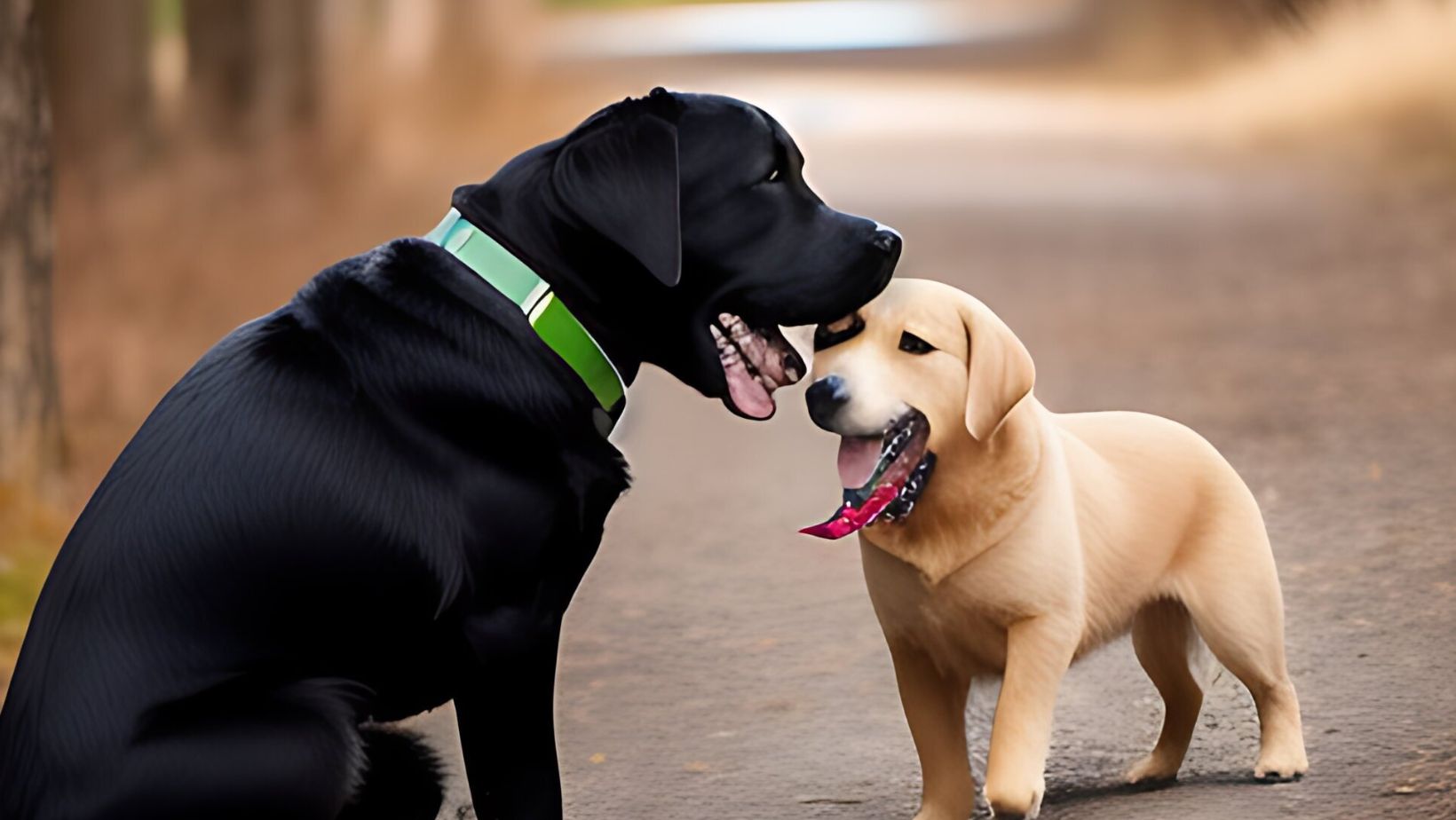How to Train a Fearful Dog
Labradors are known for their friendly and outgoing nature, but just like humans, they can also experience fearfulness. As a dog owner, it’s important to be able to identify signs of fear in your Labrador and take necessary steps to help them overcome it through training and support.
One way to identify fearfulness in Labradors is by observing their body language. A fearful dog may exhibit signs such as cowering, trembling, tail tucking, or ears pinned back. They may also display avoidance behaviors like hiding or trying to escape from certain situations. Recognizing these signals can help you intervene early and provide the necessary guidance.
When it comes to training a fearful Labrador, patience and positive reinforcement are key. Start by creating a safe and calm environment for your dog, free from any triggers that may cause anxiety. Gradually expose them to these triggers in a controlled manner while rewarding calm behavior with treats or praise. It’s important not to force your dog into uncomfortable situations but rather allow them to progress at their own pace.
Understanding fearfulness in Labradors is crucial for ensuring their well-being and happiness. By identifying the signs of fear and implementing appropriate training techniques, you can help your furry friend build confidence and overcome their fears one step at a time. Remember, every dog is unique, so tailor your approach based on their individual needs for optimal results.
Understanding Fear in Labradors
When it comes to our beloved Labradors, understanding fear is crucial for their overall well-being and training. Labradors, like any other breed, can experience fear and anxiety in certain situations. As responsible pet owners, it’s important to recognize the signs of fearfulness in our furry friends and take appropriate steps to help them overcome their fears.
Here are a few key points to consider when understanding fear in Labradors:
- Fear Triggers: Labradors may develop fears due to various factors such as traumatic experiences, lack of socialization during their early development stages, or even genetic predisposition. Common triggers include loud noises (thunderstorms or fireworks), unfamiliar environments, strangers, or certain objects.
- Behavioral Signs: When a Labrador is fearful, they may exhibit specific behaviors that indicate their discomfort. These can include trembling or shaking, excessive panting or drooling, trying to escape or hide, cowering or tucking their tail between their legs, and even aggression if they feel cornered.
- Training Approach: Dealing with a fearful Labrador requires patience and a positive training approach. It’s essential to create a safe environment where your dog feels secure. Avoid forcing them into situations that trigger fear; instead, gradually expose them to these stimuli using desensitization techniques and reward-based training methods.
- Professional Help: If your Labrador’s fearfulness becomes severe or starts affecting their daily life activities significantly, seeking professional help from a qualified dog behaviorist or trainer is recommended. They can assess the situation accurately and provide tailored guidance on how best to address your dog’s fears.
Remember that each Labrador is unique and may respond differently to various training methods. What works for one dog may not work for another. Be patient with your furry friend throughout the process and celebrate small victories along the way.
By understanding fear in Labradors and implementing effective training techniques, you can help your fearful dog overcome their anxieties and lead a happier, more confident life.

Recognizing Signs of Fearfulness in Your Dog
When it comes to our furry friends, understanding their emotions is crucial for their well-being. Labradors, known for their friendly and outgoing nature, can also experience fearfulness. Identifying signs of fear in your Labrador is essential so that you can address the issue and provide appropriate training.
Here are a few key indicators that may help you recognize fearfulness in your dog:
- Body Language: Pay close attention to your Labrador’s body language when exposed to certain situations or stimuli. Look out for signs such as trembling, tail tucking between legs, crouching or lowering their body posture, ears pinned back against the head, and avoidance behaviors like hiding or seeking refuge.
- Vocalizations: Dogs communicate through vocalizations, and fearfulness can be expressed through specific sounds. Whining, whimpering, growling, excessive barking without apparent cause, or even complete silence when they would typically bark could all be signs of fear in your Labrador.
- Dilated Pupils: Just like humans, a dog’s pupils can dilate when they feel fearful or threatened. Keep an eye on your Labrador’s eyes – if you notice dilated pupils even in normal lighting conditions or when there doesn’t seem to be any obvious reason for excitement, it might indicate underlying fear.
- Aggression or Defensive Behaviors: Fearful dogs may exhibit defensive behaviors as a way to protect themselves from perceived threats. This could include growling, snapping, lunging forward with teeth bared (though this is less common for Labradors), or even biting if they feel cornered or extremely frightened.
- Excessive Panting: While panting is normal after exercise or during hot weather conditions for dogs like Labradors with thick coats; however excessive panting without any physical exertion might indicate anxiety or fearfulness.